Hampi was indeed so desirable in every way, but she combined elegance and grace with power and riches whish led to her eventual ruin. It all started way back in AD1336 when two local warlords – Harihara and Bukkaraya – decided to build their new capital city at what we now know as Humpi. Over the next 230 years, the Vijayanagara Empire grew and rivalled the Mughal dominance in the north of the subcontinent. When the combined armies of the four Bahamani Sultans defeated the Vijayanagara Empire in the battle of Talikota in AD 1565, they were so overwhelmed by the prize that was Hampi that they set about plundering it, fearing that if they left the city standing, it would only attract other conquering armies. The orgy lasted for six months at the end of which, Hampi was reduced to ruins. Then around the end of the 19th century, a curious British archaeologist and historian – Robert Sewell – started to poke around in the forests that had blanketed the ruins and he stumbled on the lost glory of the Vijayanagara Empire. And the rest is history…Today Hampi is a UNESCO World Heritage Site.
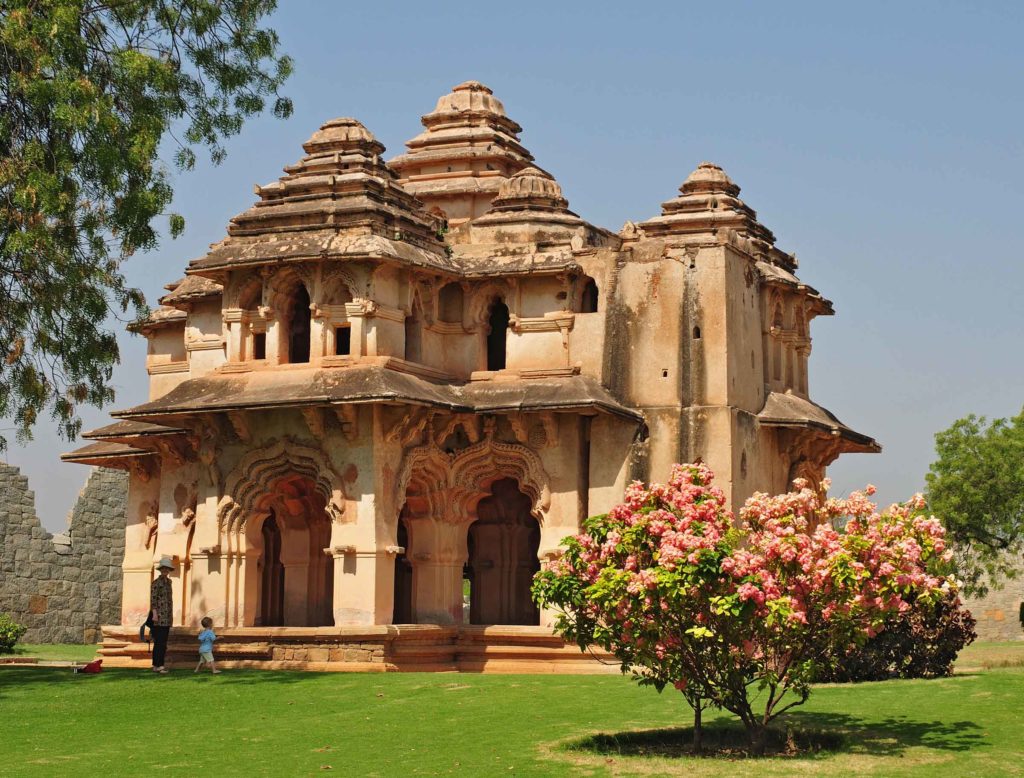
Map of Hampi:
What’s Famous Here?
Architecture in Hampi: During Vijaynagara Regime, Architecture found expression in myriad palaces, temples and monuments. Aqueducts and irrigation canals crisscrossed the settlement. Hampi became a buzzing commercial hub where traders from around the country and the known world, Europe and Arabia included, came to do business. It was an era when Hampi redefined the art of gracious living.
Cultural Heritage of Hampi: The ruins of Hampi, once the proud capital city of the Vijayanagara Empire in North Karnataka sprawls across the landscape. However, it does not take much effort to imagine how Hampi might have been in its glory days: the bustling marketplace where the wealth of the era – spices, livestock, fresh farm produce, silver, gold, jewellery – was traded; obsequious courtiers asserting the king’s authority; maids of honour fussing over bejewelled queens as they lounged in grand halls of sculpted pillars; musicians entertaining the king by playing on 56 musical pillars that supported the central structure…
What to See:
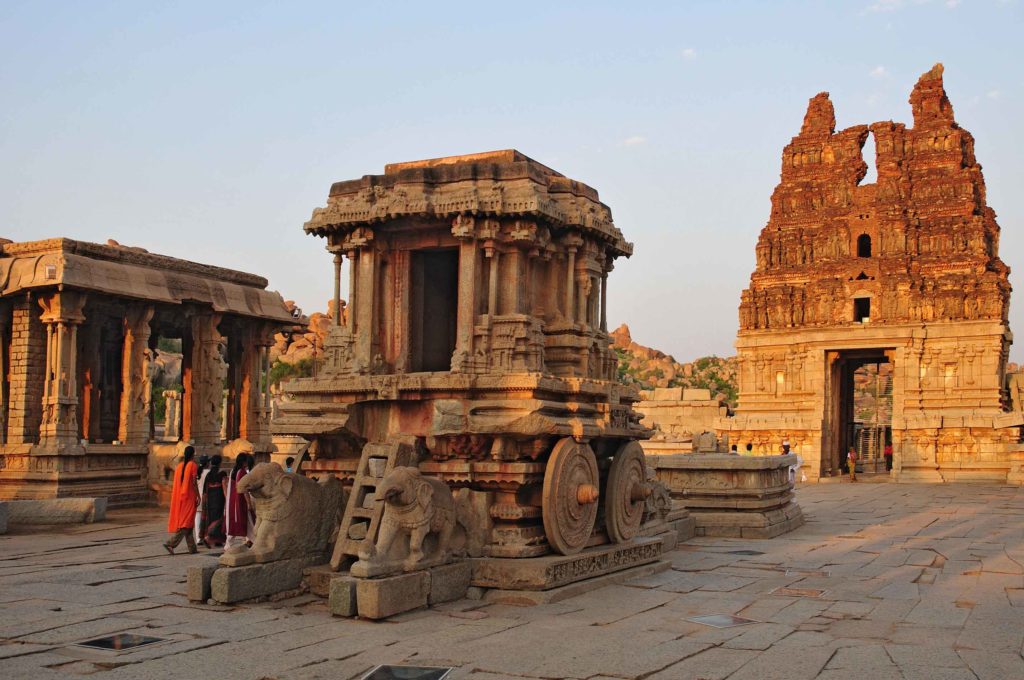
The Queen’s Bath: The Queen’s Bath comprised of a swimming pool of perfumed water contained within a grand monument of filigreed arches.
Mahanavami Dibba: Mahanavami Dibba or House of Victory was built to commemorate Krishnadeva Raya’s victory over the King of Orissa and the royal family would sit here and preside over the nine-day Dassera festival. The city housed over 500 temples including an underground Shiva shrine. Though most are in disuse, a few like the Viruprakash complex adjacent to Hampi’s main marketplace (now overrun with stalls selling souvenirs and local fast food) still throb with the tolling of bells and the chanting of Pandits.
Narasimha statue: An imposing 6.7 meters monolithic sculpture of the fearsome half-man-half-lion Avataar of Lord Vishnu and the Vithala Temple are iconic reminders of the past glory of what was once a great empire.
Travel to Hampi:
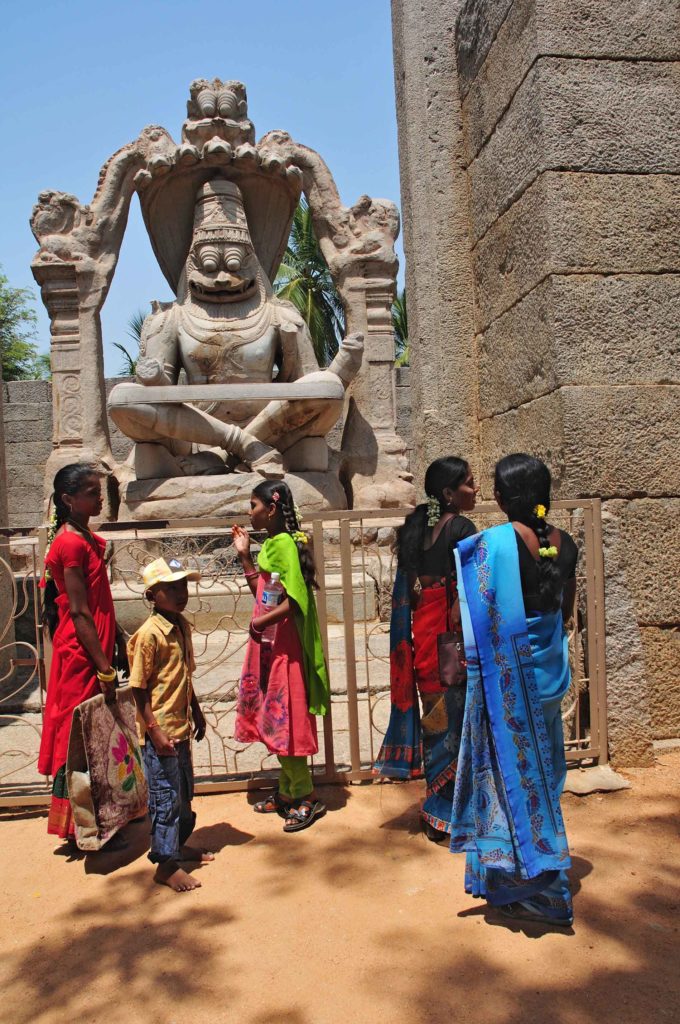
Local Languages: English Kannada and Telugu.
Best Time to Visit: October to March.
How to Reach:
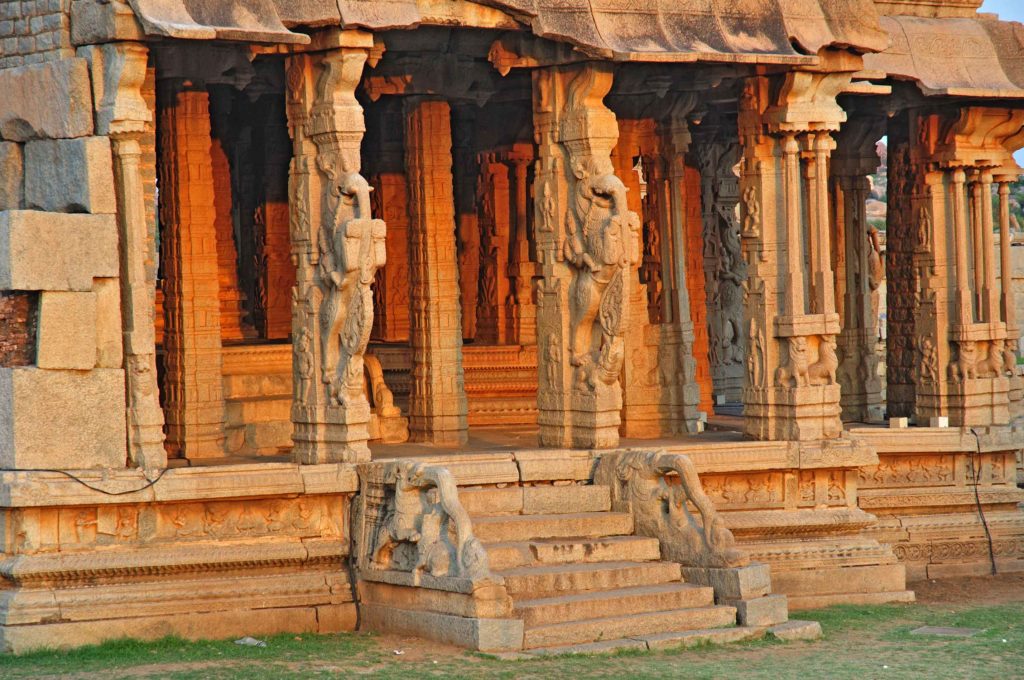
AIR: Hampi is situated 315 km from Bangalore and 300 km from Goa’s Dambolin airport. Mostly all airline operators such as Indian Airlines, Jet Airways and kingfisher Airlines have flights carrying passengers in and out of Bangalore and Goa airport.
RAIL: Hospet (13 km) is the closest station which connects Hampi to various parts of the country.
ROAD: You can either choose Car Hire or State Transport or private operators operate frequent buses from Hospet, Goa and Bangalore.
Excursions from Hampi:
Goa: Goa is a holidaymaker’s haven. The place homes striking beaches, breath-taking natural beauty, extraordinary locations, rich cultural heritage sites and a lot more. The state beckons you to have an experience of a lifetime. While traveling to Goa, one can engage in adventurous activities such as Water Sports or enjoy tranquil plantations in the region.
Bangalore: Bengalooru, as pronounced in the local language, Kannada is the cosmopolitan capital of Karnataka. Millions of people shift their base to the city as the city also boasts to be the IT Hub of India. One can witness the cultural heritage testimonies of various kings and their kingdoms. Today Bangalore is an extremely important Defence and Telecommunication Industries development location.
Hotels and Resorts in Hampi
There aren’t too many tourist friendly choices for accommodation in Hampi. In fact, as a protected World Heritage Site, hotels are discouraged here. Most visitors use the town of Hospet, where there are a number of hotels, including the one run by the Karnataka State Tourism Development Corporation (KSTDC), as a base to explore Hampi.
Travel Packages to Hampi:
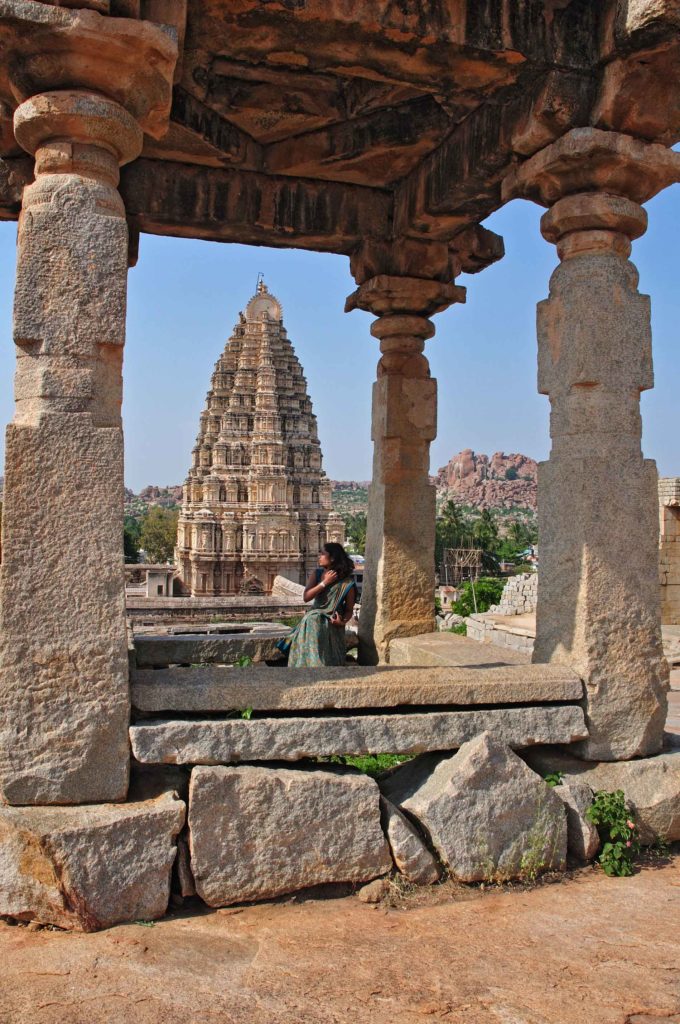
Customize your travel. Write your requirements and we will revert with a quote soon.
Flights to Hampi:
Hampi is situated 315 km from Bangalore and 300 km from Goa’s Dambolin airport. Mostly all airline operators such as Indian Airlines, Jet Airways and kingfisher Airlines have flights carrying passengers in and out of Bangalore and Goa airport.
Trains to Hampi:
Hospet (13 km) is the closest station which connects Hampi to various parts of the country.
Buses to Hampi:
State Transport and private operators operate frequent bus services from Hospet, Goa and Bangalore.
Car Hire in Hampi:
To experience Hampi at your own pace, you can take a Care Hire. Hire a cab and get enchanted by the captivating locations of Hampi. You can also hire a cab for excursions from Hampi.